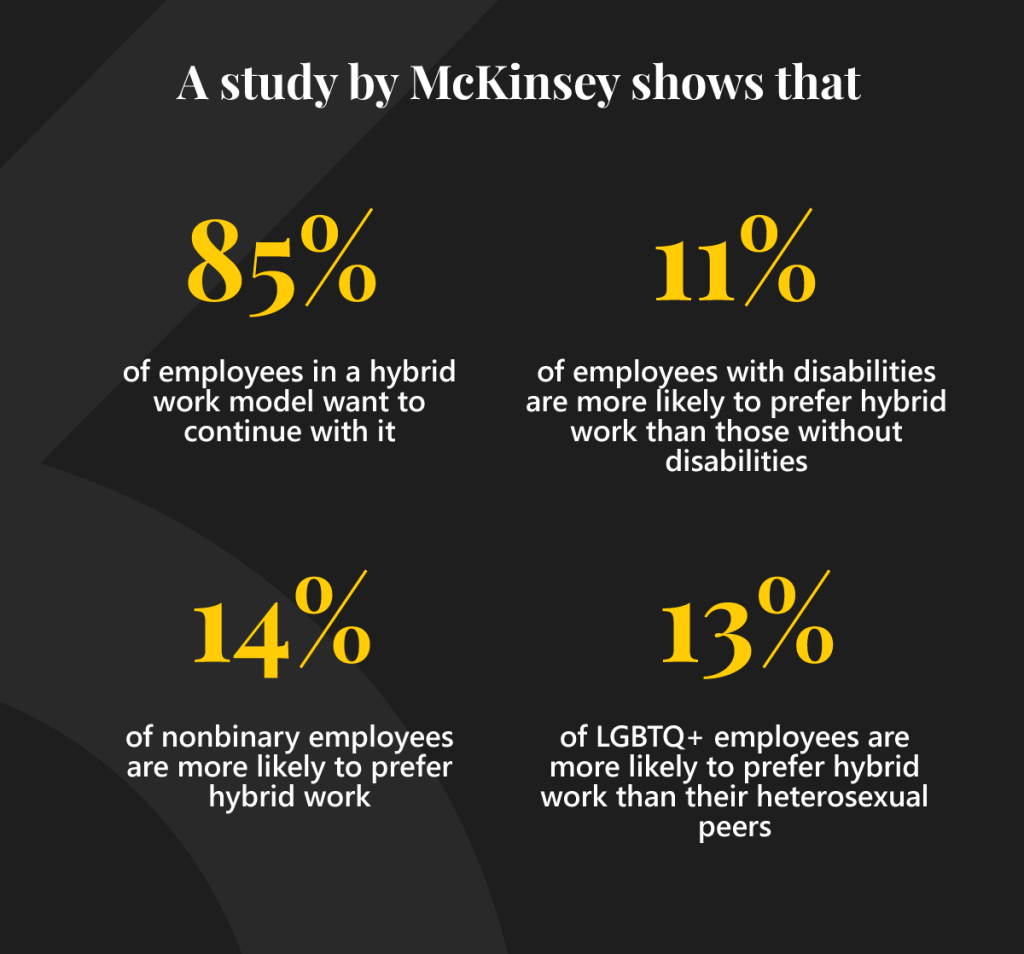Working From Home: Finding the Right Balance
In this blog, I wanted to talk through some of my observations in this post-pandemic world and provide helpful advice to employers who want to source and retain the best people in the market. After all, the post-COVID “new normal” has made significant changes to the world of work, and employers are at a critical point of continuing to adapt or risk losing top talent to competitors in the market.
Candidate Expectations Vs Employer Offerings
We’ve seen a growing chasm between expectations and reality when it comes to the workplace. It’s easy to think this all started with the pandemic, but in fact, it’s been building since the introduction of the BlackBerry back in 1999.
Gone were the days of an eight-hour working day, and suddenly employees felt like they were expected to be available and contactable 24/7. While this wasn’t necessarily the outcome planned by employers some of whom preferred to clear out their inboxes at 10 pm. It created a perception that to get ahead, employees had to be working the same hours as their supervisors.
The pandemic only exacerbated this trend, and, particularly in places like Melbourne during their extensive lockdowns, we saw a further blurring of the lines between personal and work time.
You just need to look at the recent protests by Commonwealth Bank employees to see that employees want to work from home at least part of the time, and now see flexibility as an essential work benefit and workers’ rights.
I have run a poll every quarter on LinkedIn that placed Flexible Work and Work-life Balance as the most motivating factor in a career move. In conversations with candidates, more than 95% would not take a role if they were not offered some type of flexible and hybrid work setup.
So what should employers do? And what are the benefits to them as well as their teams?
Three Benefits of Flexible Working – For Employees and Managers
- Health and Wellbeing
Most employers in the financial services industries claim “wellness” as a priority, or a key value within their organisations. Allowing employees to work both remotely and flexibly is to bolster and highlight your Employee Value Proposition to the market.
Not only do flexible working arrangements remove the stress of commuting (which generally significantly increases the length of time allocated to the average working day), it helps employees make more of those lost hours.
We hear stories of employees going for long walks before logging onto work using this time that was previously spent in transit. Or spending their lunch break going to the gym or attending a class related to a hobby. There’s also the fact that employees, specifically the main carers in the home, can balance household chores mid-week, such as doing loads of washing during the day, executing school pick-ups and drop-offs or running those life administrative errands at lunch.
While not eating into the official work day, these small perks can add up cumulatively to a windfall of time gained back in the lives of employees. Especially those who want to enjoy weekends with family or friends or spend time relaxing and recharging rather than catching up on emails or dedicating full days to chores and housework.
I advise employers that if you truly advocate for a healthy workplace, you must give employees time to manage their health and well-being as this will only pay dividends in overall employee mental and physical happiness and health which in turn results in a more rested and productive workforce.
- Productivity
Many employers think employees working from home are less productive than when they’re in the office. In my experience, particularly working with candidates in Legal, Risk and Compliance, that’s simply not the case.
In fact, when I talk to candidates many crave space and silence to complete some of their tasks. They describe situations where they struggle to focus on their core deliverables without interruption or distraction.
This often results in them either falling behind with their deadlines (cue more stress) or doing work over the weekends. This is especially the case with quiet, process-driven tasks such as data analysis, policy, contractural and procedural reviews and report writing.
While we’re still gathering data on remote working productivity, a study by Owl Labs in 2021 showed 90% of US remote workers say they are at the same or higher productivity level working from home that the office. A further 55% say they work more hours remotely than at the physical office. I can say this stat resonates with the Australian financial services workforce as well with most candidates logging additional time delivering on key tasks within the previous time spent during commute time.
Another study, by Boston Consulting Group during the pandemic’s early stages, revealed that 75% of people either maintained or improved their productivity on individual tasks. Examples given were analysing data, writing presentations and executing administrative tasks. However, this dropped to 51% when focusing on collaborative tasks.
- Diversity, Equity and Inclusivity
The last, and probably most important, benefit for both employers and employees is Diversity, Equity and Inclusivity.
By offering flexible working, employers can help parents return to work, support people with health conditions, help carers balance their caring duties alongside their careers and reduce the gender pay gap for women in investment management.
It’s easy to forget that the 40-hour week was designed when only one person in the household was working and the other was at home doing the housework, cooking and raising children.
Providing flexibility throughout the day, including in place of a commute, can help carers and parents juggle their world and home lives. For example, parents can start work earlier to handle the school pick-up.
Taking the First Steps
The world of work is always evolving, and we’re in the middle of a big leap forward as we adjust to life after the pandemic. However, my advice for clients and employers is to get ahead of the curve and listen to what your employees are saying.
If you have a workforce who are happy and healthy, they are going to stay with your organisation. If you don’t offer them flexibility in some form, you risk losing them to your competitors.
I’m always keen to have these frank conversations with my clients in the financial services sector. I believe it’s my duty as an Australian recruitment agency specialist to advise them of what candidates are looking for and how they can secure the best talent in the market. This is especially true as organisations continue to compete for the best female professionals in an acutely shallow pool of talent in the financial services industries. And right now, offering flexible working conditions is front and centre for most candidates I am speaking with.
Please contact me, or one of my colleagues at Kaizen if you’d like to discuss candidate career drivers and the current stats of the financial services recruitment landscape.














